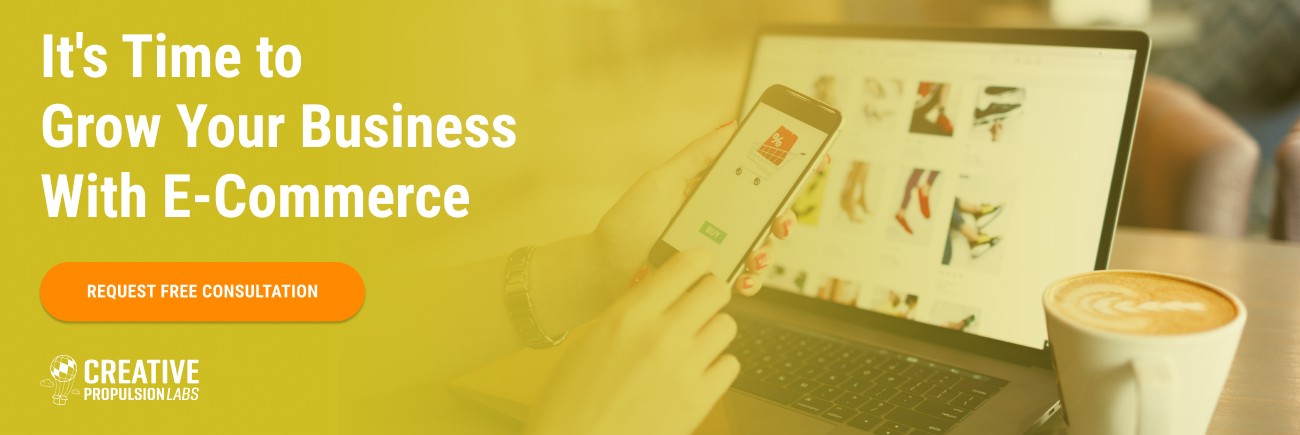KEY TAKEAWAYS
-
A welcome series email flow, also known as a welcome automation is a sequence of emails you send out to new subscribers in order to establish brand awareness and to educate them on your product or service.
-
The welcome series email flow is one of the most powerful email automations that a business can set-up.
-
Email is one of the oldest types of online marketing, and yet today it remains one of the most effective ways to reach your audience.
-
In a survey, 74.4% of people said they expected a welcome email when they signed up to a newsletter or email list.
-
On average, a consumer needs 7 touchpoints in order to remember a brand and create a viable sales lead.
-
What is the first thing a customer needs to know when it comes to your business? That should be in one of the first emails.
The welcome series email flow is one of the most powerful email automations that a business can set-up. It is a sequence of emails used to introduce your brand to potential customers while educating them on the benefits of your offering. It is usually one of the first impressions a customer will have and in this article, we'll go over how to set one up along with best practices.

What is a welcome series email flow?
Also known as a drip camping, a welcome series email flow is a sequence of emails you send out to new subscribers in order to establish brand awareness and to educate them on your product or service. This opportunity to indoctrinate a new subscriber allows you to stay top of mind with your audience and usually flows in a series of 5-7 emails over the course of 30 days.
Why do you need a welcome series?
Email is one of the oldest types of online marketing, and yet today it remains one of the most effective ways to reach your audience. While social media platforms come and go and algorithms change, email essentially remains the same. As a communication platform, it's also neutral and not controlled by a third-party company, like Facebook or Twitter. A welcome series drip campaign initiates the process of marketing to your customer and is a great opportunity to begin telling your brand's story. This connection with your audience will be a strong foundation for your relationship going forward.
Your customer is waiting. In a survey, 74.4% of people said they expected a welcome email when they signed up to a newsletter or email list. That's three-quarters of your readership. Statistically, because of that level of expectation, this email is also going to be the most read email you ever send this person. Some studies say the open rate is between 50% and 86%.
In a survey, 74.4% of people said they expected a welcome email when they signed up to a newsletter or email list.
What is the difference between a welcome email and a welcome series?
Remember, a welcome series is how a subscriber gets to know you, your brand and ultimately how you build a relationship with new prospects. Those goals will help you decide whether a single welcome email or a series of them will suffice.
A welcome series is usually about 5-7 emails long, which usually spans from 2 weeks to 2 months in terms of delivery. On average, a consumer needs 7 touchpoints in order to remember a brand and create a viable sales lead. If they already saw your name somewhere and that led them to your website, then a 5 email welcome series, spread out over time, can organically build a relationship just like you would in an offline model.
On average, a consumer needs 7 touchpoints in order to remember a brand and create a viable sales lead.
A particularly short welcome series, for a smaller company, might consist of two or three emails over a week or less. Nevertheless, they could be much longer, for example in a business-to-business market where a sales cycle is longer, a welcome series could be one to two years long. In this case, you could set up a ten-step or twelve-step welcome series that takes one year to be delivered. A good rule of thumb is that the longer the sales cycle is, the longer your welcome flow should be as well.
Does your audience need to be more educated about your product and why it is good for them? Or do they know they need it, but are simply lacking a relationship with your brand? Are they ready to buy but just need that final nudge, like a discount or free shipping? These “nudges” can be some of the steps they need to take, and are therefore integral parts of your welcome series.
The DocuSign welcome email below from our own inbox is clear and to the point, providing the viewer with clear incentives and direction about what to do next, while offering them any help they need.

What kind of emails should I put in my welcome flow?
What is it you really want to tell your customer? What brand impression do you want to convey, and what story do you want to tell? The simple answer is you want to tell them something that they're going to remember and that is going to differentiate you from everyone else. But how?
Establish your brand and your story. Figure out what your competitive advantages are. Highlight those in your welcome series. Don't be afraid to use case studies, blog posts, customer testimonials, or to portray your company ethos and mission statement. Here are some ideas:
-
Offer a giveaway. This is a freebie in exchange for signing up. If you are in a service field, that offer can be something like a white paper or newsletter. Then your first welcome email will be delivering that reward and your second will be following up to see how they liked it. Then, perhaps a suggestion as to what they should do next. Encourage them to engage with your giveaway, and thus your business. A giveaway will more firmly associate you with high-quality content.
-
Redirect to your site when appropriate.
-
Remind them to connect with you on your social media platforms, and try to integrate these into your brand story.
-
Get them to reply to an email by asking a question. Their email carrier will be much less likely to send your following emails to their spam folder.
-
Think about an existing customer. What was their customer or buyer journey? What objections did they have to overcome? What features did they really enjoy?
-
Alert your audience of a sale, or offer a discount to incentivize them to return to your site.
-
Send a piece of content, like a blog post, or a new product, to refresh your audience's interest.
What if you have different kinds of subscribers who should take different steps to achieve your goal or goals? You can design your subscription forms with options for each type of subscriber, leading to multiple welcome series sequences tailored for each goal. For example, say you own a beach hotel and you want to promote weekend specials to vacationers and bulk group rates to conference groups. Those require separate welcome series sent to separate mailing lists.
Learn more about How to Use Automated Emails to Drive Leads and Sales.
Remember, you're trying to mimic an intimate and personal connection through automation. You are enhancing your relationship with your customer.

An example welcome series.
Welcome series can have wide variations depending on your business, your industry, and your brand. Here's an example of what one might look like in a business-to-business setting:
-
Welcome to our company's email list. Here's what u can expect.
-
This is why our company does what it does better than anyone else. (This is where you differentiate yourself and scream your unique selling proposition)
-
See why another company loves one of our products. (This is a testimonial; a social proof email that is using a third-party endorsement to promote your product)
-
This is how that company got results with our product. (This can be an in-depth case study highlighting a problem, and showing how your product solved it)
-
Do you need help with a particular problem? (This is your call to action)
-
Check out all the awards we have won. (This is more social proof)
-
Here are the top three reasons why companies don't achieve the goals that our product solves.
Best practices and bonus tips.
-
Only email people who you know have expressed an interest in being on your email marketing list by signing up on your website or interacting with your brand by some other means.
-
Always send the first welcome email immediately, and space the following emails out appropriately for your content.
-
Time your emails based on your industry and product. What is appropriate for you? You don't want to overwhelm your audience, but neither do you don't want to lose their interest.
-
Consider letting your audience know generally when they should expect your emails, either when they sign up or in one of the first few welcome emails. Are they sent out every day, once a week, a few times a week, when you have a new product or a sale, or at some other time?
-
Consider following the sales cycle you currently have in place and just digitize it. Create a carefully planned journey you want your customer to go on. You are guiding them through this journey, step by step, and in a clear and obvious way.
-
What is the first thing a customer needs to know when it comes to your business? That should be in one of the first emails.
-
Subtly establish what the content of the emails will contain early on. If you are a business selling a product, make that transparent. People hate being sold to when they don't expect it. An easy way to do this is to gently mention a product in your first welcome email.
-
Remind people to join you on social media, either in the original welcome email or a follow-up.
-
Make sure your audience knows where to find answers to any questions they may have (with a link to an FAQ, for example).
-
Make sure you meet subscriber expectations. Fulfill whatever their expectations are when signing up for your email list. If you're promising to send out a newsletter, make sure you send it out. If you are a sportswear company, make sure you're sending them announcements of your latest new gear and sales.
-
Once implemented and automated, do A/B email split tests on a regular basis to tweak and improve your flow. Split tests essentially allow you to make even more money and get more leads from your welcome flow by testing one idea against another and seeing which works. Many professional email list management programs include them.
For more help creating funnels that convert, visit 5 Steps to Supercharge Your B2B Sales Funnels.
Photo courtesy Scott Webb/Unsplash.


